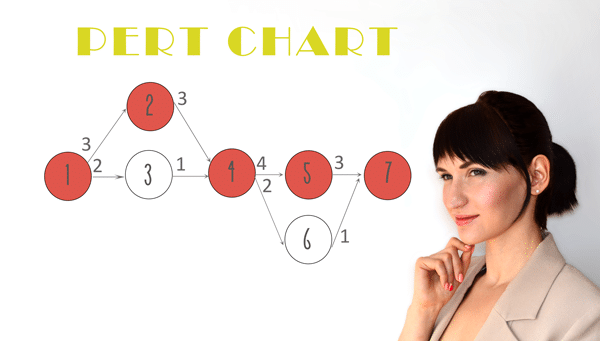Critical Path Analysis and PERT

Critical Path Analysis
Planning and Scheduling Projects
It wouldn’t be wrong to say that completion of a project majorly depends on planning and scheduling of the project. However, the right technique needs to be applied in order to complete the project successfully. Thankfully, the “Critical Path Method” (CPM) and “Program Evaluation and Review Technique” (PERT) have already been introduced to help a project manager in scheduling a project efficiently and diligently.
For any project to be scheduled you need to have knowledge of all the tasks that will be involved in the project and for that you need close analysis of all activities. Critical path analysis plays a bigger role in scheduling the project as compared to PERT which is a simple scheduling of the project but doesn’t tell you about the critical path.
Critical Path Analysis And PERT Charts
There are different ways that Critical Path Analysis and PERT play an important role in scheduling the projects and some are given below:
- First thing both these techniques do is distribute the project into smaller parts which are activities involved in the project. These activities can then be studied separately and managed to make the project a success. You could look at all the activities one at a time to know the status of all without looking at a jumbled up scenery.
- When you break the project down into parts and activities, it becomes easy to manage everything because you know the status of activities that could affect the progress of your tasks.
- When looking at the individual activities, you have a greater insight into the resources that have been allocated to different areas. With this understanding you can continue to use your resources either on one activity or deploy them into a new one to expedite the process.
- Putting everything into a chart form informs you of all the activities and once you have plotted their times, you know at what time where your project should be standing. This is greatly helpful in providing a better understanding of working with the timelines. By making processes faster or slower you can adjust the pace of your project according to the deadline you are working on.
- Once you have ample information on what activities are relying on others and which ones are independent, you can make better decisions. You can make the processes faster by focusing especially on the ones that you think are most critical in meeting the deadline of the project. You can work faster on the activities that are relying on each other and their dependence is affecting the final outcome of the project.
- To be able to plot a critical path method diagram, you need to have information about all the activities that will be directly or indirectly affecting the project. This information is enough to give you a great look at your project so everything is available at hand when you need it. There are low chances of making a bad decision when you already know all the activities and their times of completion: you can make the activities faster through improvisation if you think the process is slowing down due to an activity it is depending on.
- If you have both, the program evaluation & review technique and CPM diagram, you will be able to make better future decisions about your project. You can ask questions from the people who are responsible for making things possible to hold them responsible and give them a sense of responsibility so they work faster.
Critical Path Analysis
There are several other benefits of using the PERT and CPM analysis but it always requires a sensible and efficient project manager to take advantage of these amazing techniques. Of course, many projects are too complex to be handled by these techniques but you can always manage some part of the project with the help of these techniques to make things easier for you.
